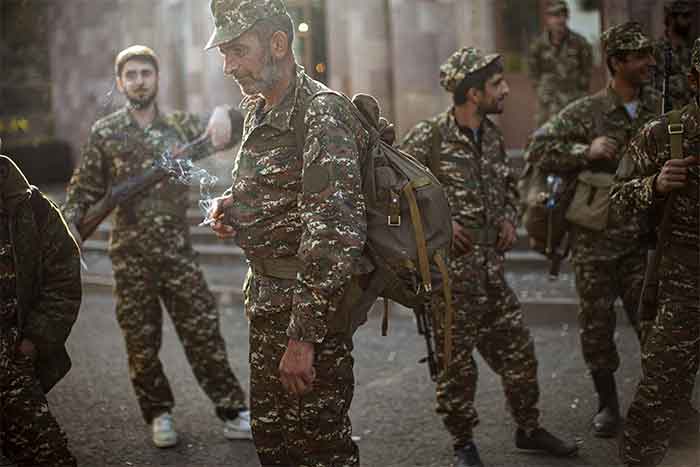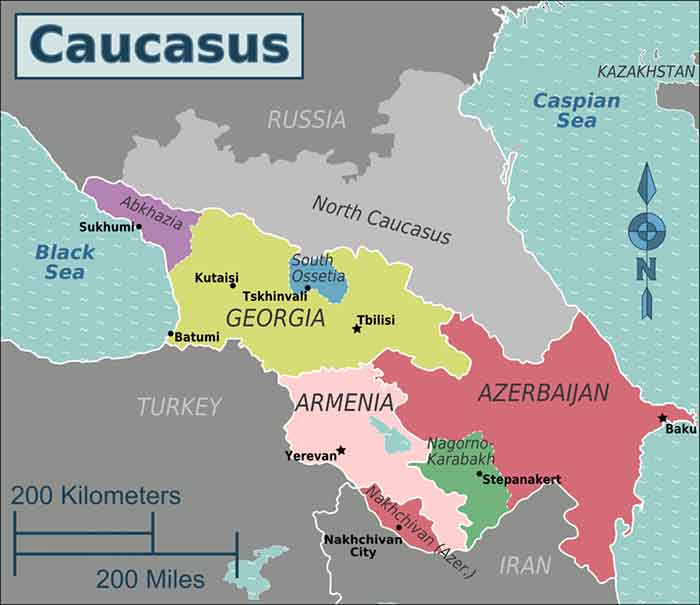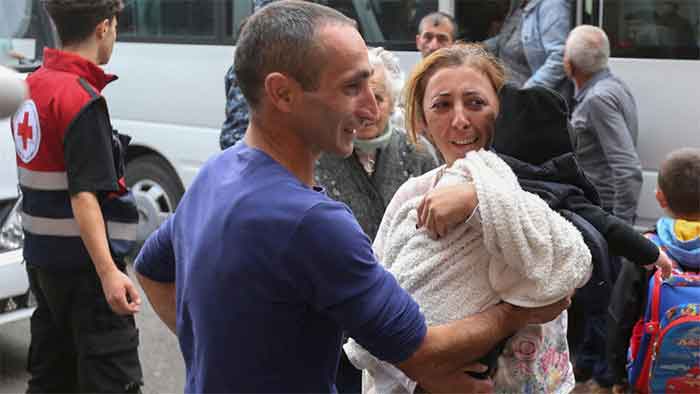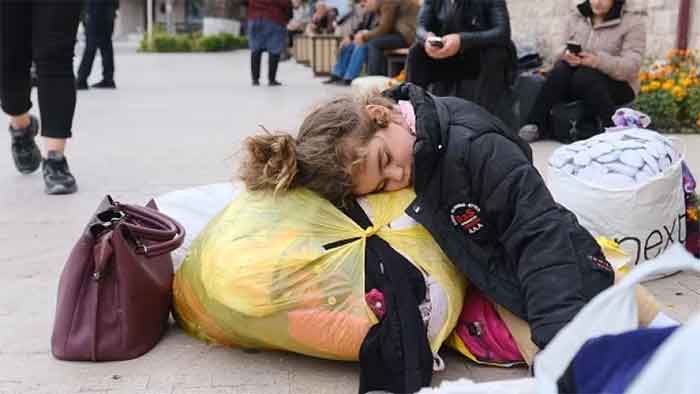
Representatives of the Minsk Group of the Organization for Security and Cooperation in Europe gathered in Geneva on 9 October 2020 but were not able to advance beyond their earlier calls for a ceasefire to be followed by negotiations. The Minsk Group, created in 1994 after the 1992-1994 war between Armenia and Azerbaijan has 11 States as members with Russia, France, and the USA as co-chairs. Belarus, Germany, Italy, Sweden, Finland and Turkey are the other external members. Armenia and Azerbaijan as the key States involved are also members.
Just before the renewed fighting began on 27 September 2020, there was a Minsk Group field Assessment Report of Nagorno-Karabakh, the first since 2005. The Report underlined the stark evidence of the disastrous consequences of earlier Nagorno-Karabakh violence and the failures to reach a peaceful settlement. Towns and villages that existed before earlier fighting are entirely in ruin. What is new in the 2020 fighting is the active support of Turkey to the Azerbaijan armed effort. Turkey has provided Azerbaijan with weapons, especially drones which play an effective role. Turkey has also furnished some 400 Turkish-backed Islamist militia men previously in Syria to join the Azerbaijan forces in Nagorno-Karabakh.
When on 27 September, military forces from Azerbaijan moved into six towns held by Armenian forces in Nagorno-Karabakh, the Prime Minister of Armenia Nikol Pachinian in a television broadcast warned that the two countries were “on the edge of war with unforseeable consequences.” The President of Azerbajan , Aham Aliev, declared martial law and called up reserve military.
The Nagorno-Karabakh issue arises from the post-Revolution – post Civil War period of Soviet history when Joseph Stalin was Commissioner for Nationalities. Stalin came from neighboring Georgia and knew the Caucass well. His policy was a classic “divide and rule” carried out with method so that national/ethnic groups would need to depend on the central government in Moscow for protection. Thus in 1922, the frontiers of Azerbaijan, Armenia and Georgia were hammered out of what was then the Transcaucasian Federative Republic.
Nagorno-Karabakh, an Armenian majority area was given a certain autonomy within Azerbaijan but was geographically cut off from Armenia. Likewise, an Azeri majority area, Nakkichevan was created as an autonomous republic within Armenia but cut off geographically from Azerbaijan. Thus both enclaves had to look to Moscow for protection. This was especially true for the Armenians. Many Armenians living in what had been historic Armenia but which had become part of the Ottoman Empire had been killed during the First World War by the Turks. Armenians living in “Soviet Armenia” had relatives and friends among those killed by the Turks, creating a permanent sense of vulnerability and insecurity.
These mixed administrative units worked well enough or, one should say, there were few public criticisms allowed until 1988 when the whole Soviet model of nationalities and republics started to come apart. In both Armenia and Azerbaijan nationalistic voices were raised. A strong “Karabakh Committee” began demanding that Nagorno-Karabakh be attached to Armenia. In Azerbaijan, anti-Armenian sentiment was set aflame. Many Armenians who were working in the oil-related economy of Baku were under tension and started leaving. This was followed somewhat later by real anti-Armenian pogroms. Some 160,000 Armenians left Azerbaijan for Armenia and others went to live in Russia.
With the breakup of the Soviet Union and the independence of Armenia and Azerbaijan, tensions focused on Nagorno-Karabakh. In 1992, full scale armed conflict broke out in and around Nagorno-Karabakh and went on for two years. During the two years of fighting, 1992-1994, at least 20, 000 persons were killed and more than a million persons displaced. In 1994, there was a ceasefire largely negotiated by Russia. Nagorno-Karabakh has declared its independence with the name of the Republic of Artsakh. No other State including Armenia has recognized this independent status, but in practice Nagorno-Karabakh is a de facto State with control over its population and its own military forces. Some in Nagorno-Karabakh hope that the country might become the “Liechtenstein of the Caucasus”.
Armed violence has broken out before, especially in 2016. There have also been periodic discussions between representatives of Armenia and Azerbaijan, but there has been little change in the conflictual situation.
The Minsk representatives have again called for a ceasefire. However, they have put forward no suggestions as what new constitutional forms the Republic of Artsakh could take to be a bridge rather than a cause of division between Armenia and Azerbaijan. New efforts are seriously needed if the current fighting is not to expand.
Rene Wadlow, President, Association of World Citizens
SIGN UP FOR COUNTERCURRENTS DAILY NEWSLETTER













































